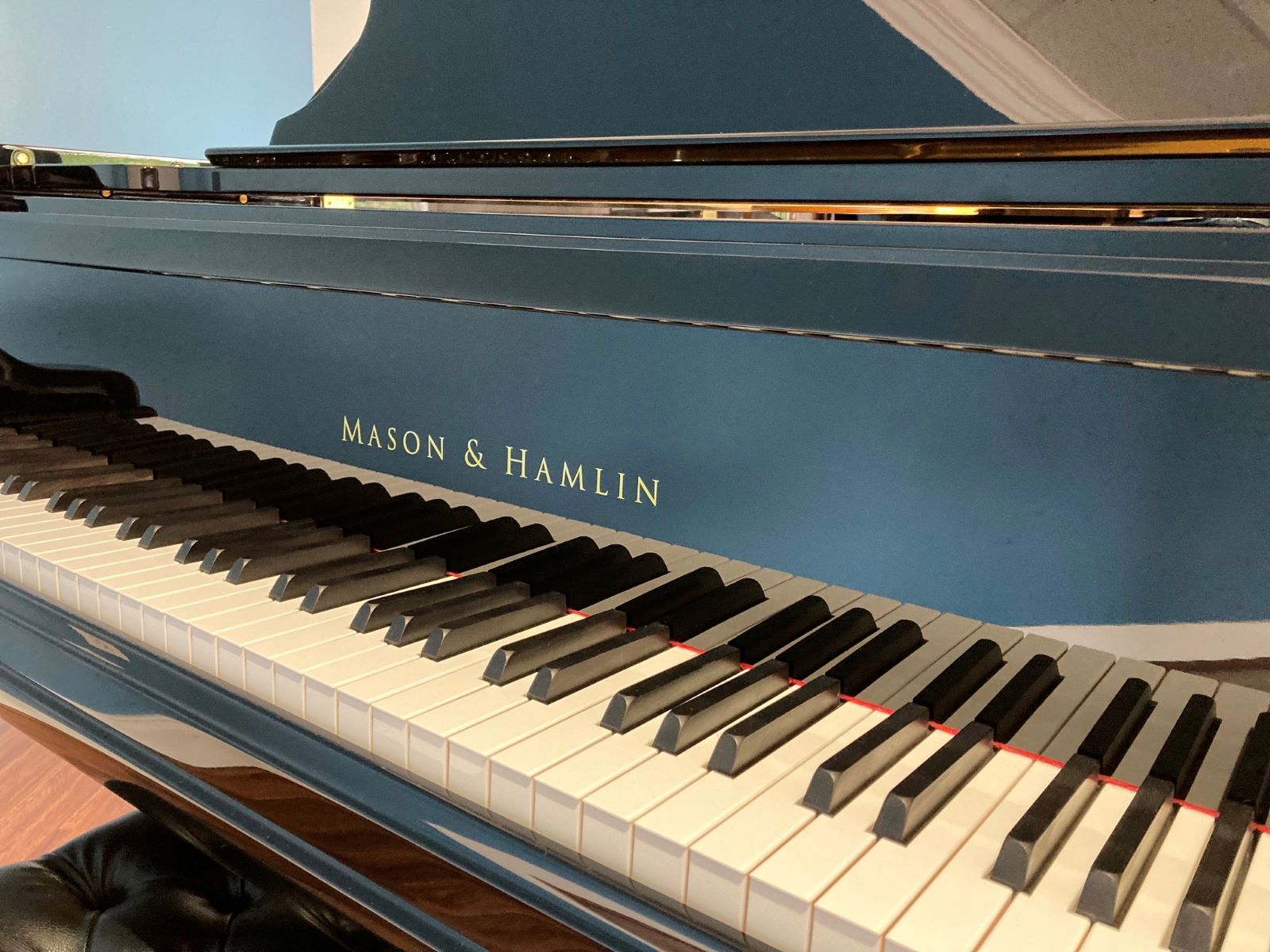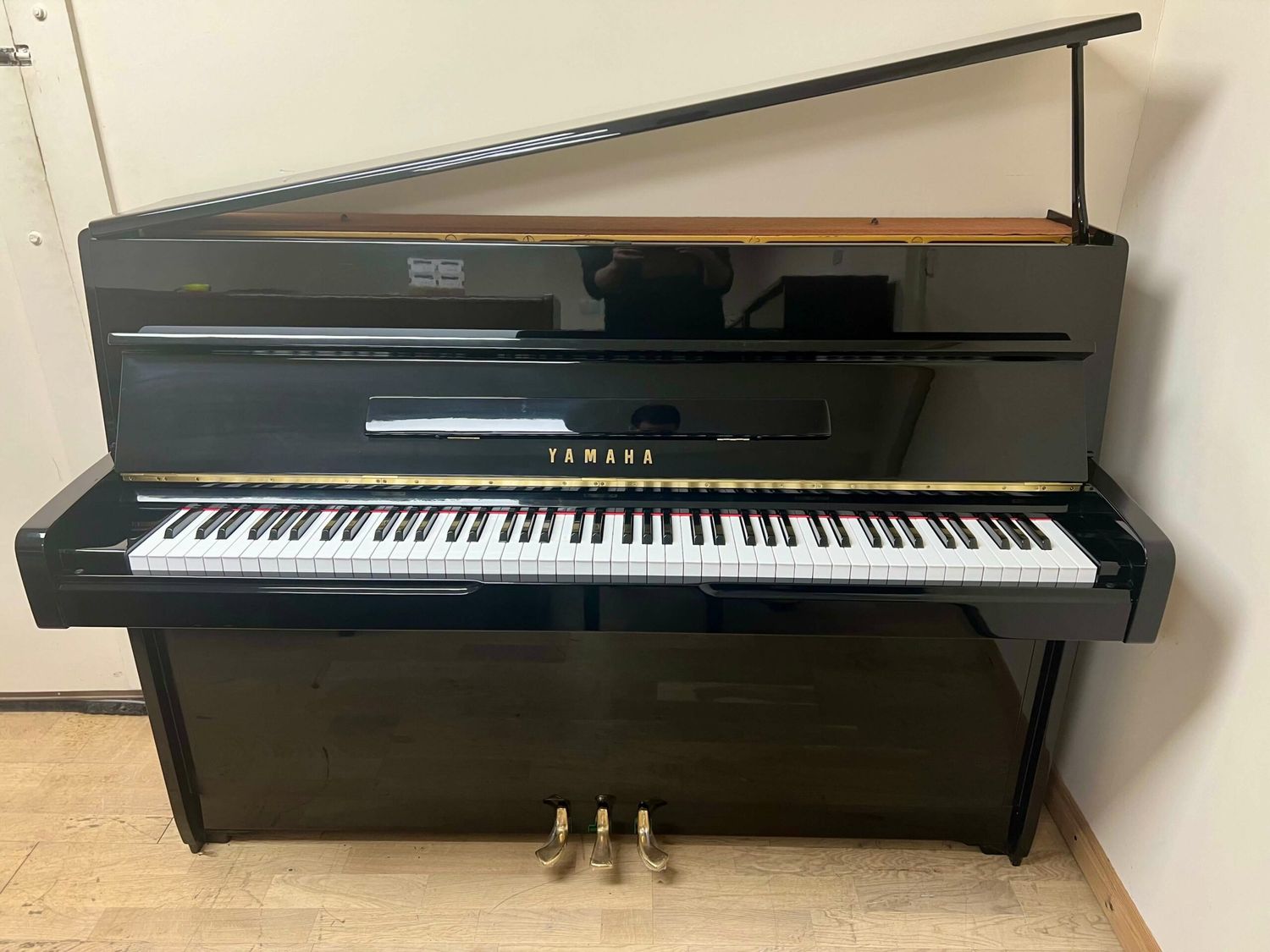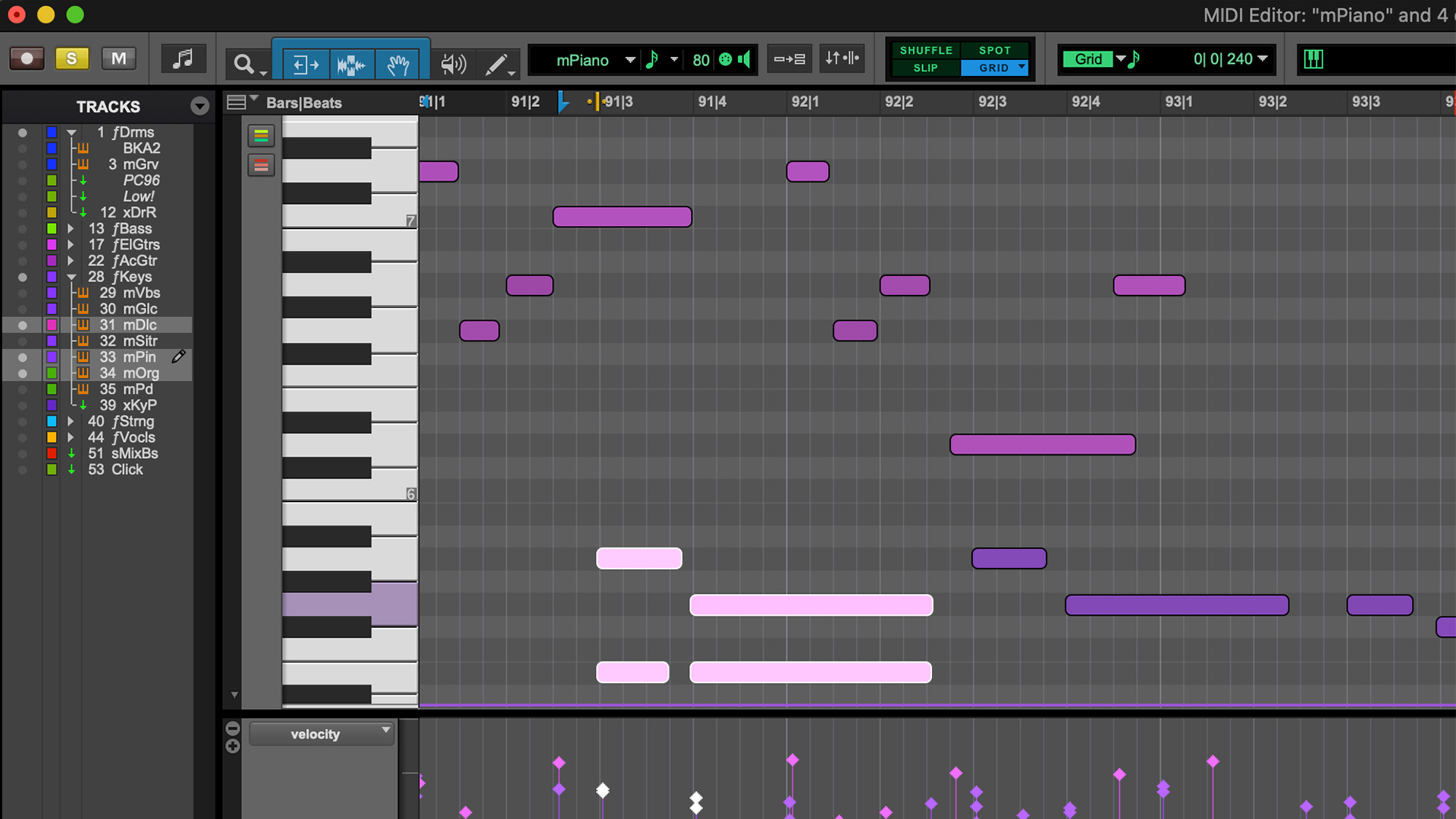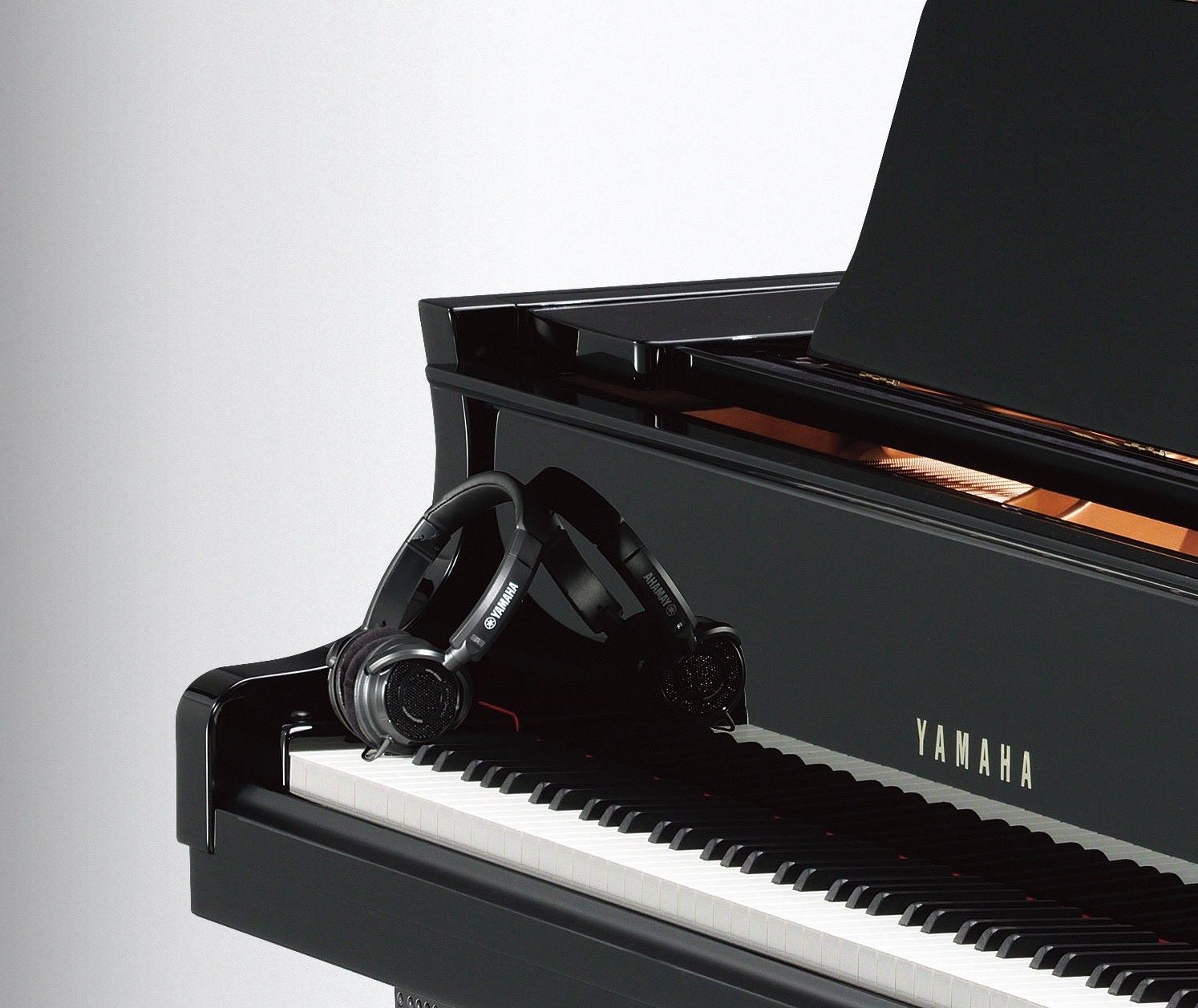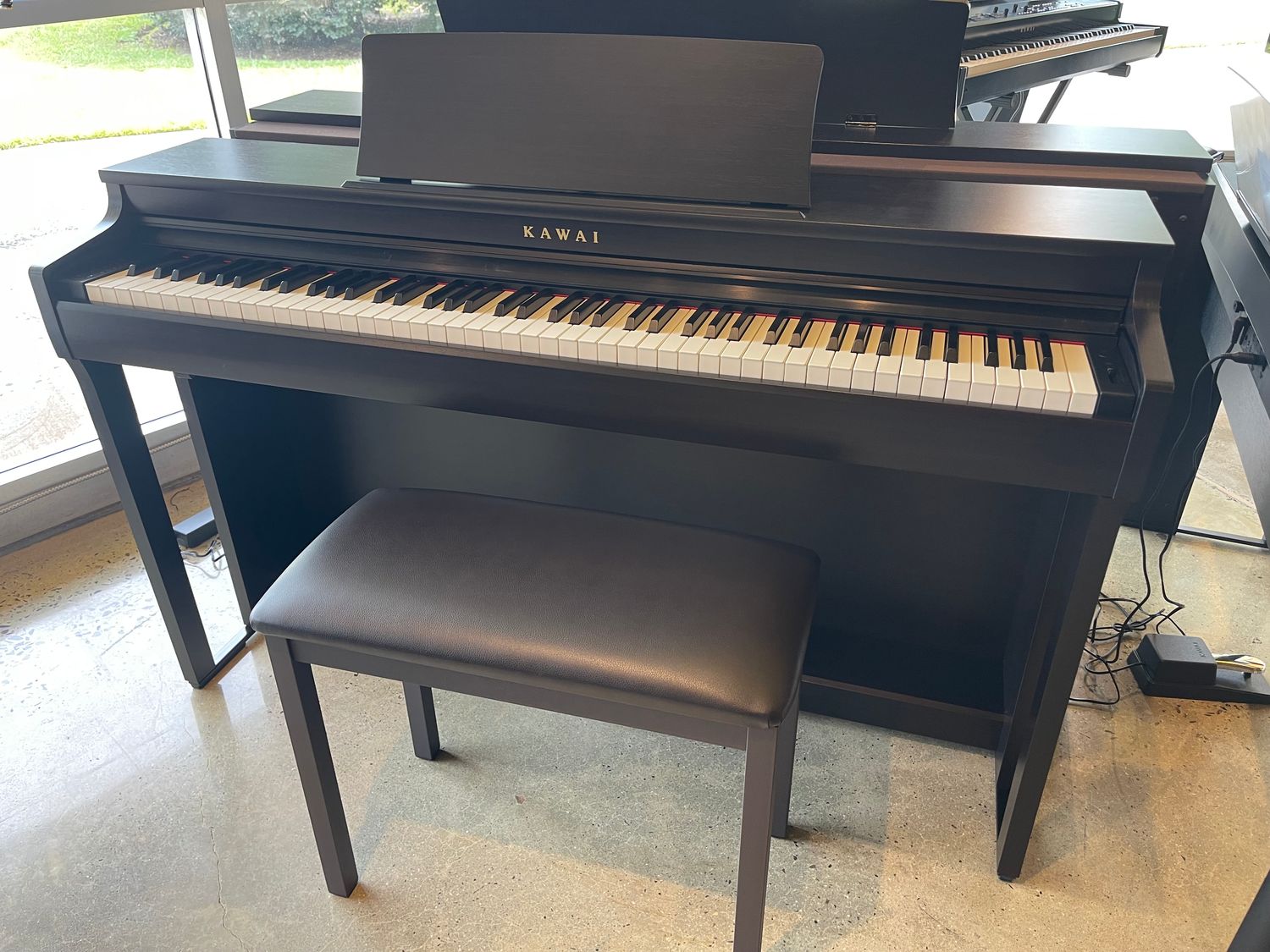Home>Instruments>Piano>What Is An Octave In Piano
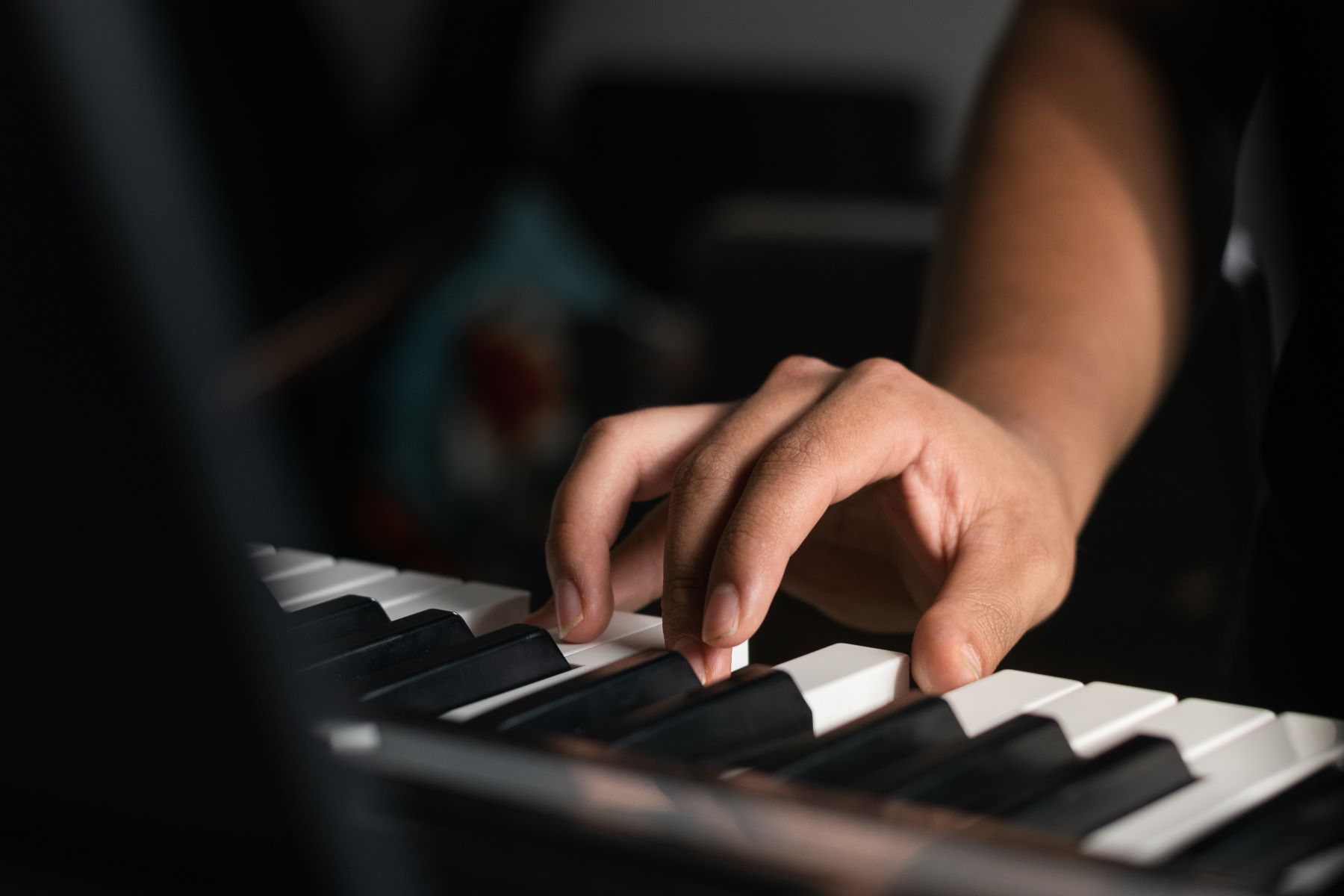

Piano
What Is An Octave In Piano
Published: February 10, 2024
Learn about octaves in piano, including how they are used and their significance in piano playing. Discover the importance of octaves for piano players. Gain a deeper understanding of piano octaves.
(Many of the links in this article redirect to a specific reviewed product. Your purchase of these products through affiliate links helps to generate commission for AudioLover.com, at no extra cost. Learn more)
Table of Contents
Introduction
The Magic of Octaves in Piano Playing
The piano, with its rich history and timeless appeal, has captured the hearts of music enthusiasts for centuries. Its versatility and ability to convey a wide range of emotions make it a beloved instrument in various musical genres. One of the fundamental elements of piano playing that contributes to its expressive power is the use of octaves. Understanding the concept of octaves and their significance in piano music is essential for both aspiring pianists and music enthusiasts. In this article, we will delve into the world of octaves in piano playing, exploring their definition, practical applications, and notable examples in piano music.
The concept of octaves is deeply intertwined with the very essence of music itself. Whether it's the haunting melody of a classical composition or the infectious rhythm of a contemporary piece, octaves play a pivotal role in shaping the sonic landscape of piano music. As we embark on this exploration, we will unravel the magic behind octaves and their profound impact on the art of piano playing. Join us on this musical journey as we uncover the beauty and significance of octaves in the realm of piano music.
Definition of an Octave
Understanding the Musical Marvel of Octaves
At its core, an octave represents a fundamental concept in music theory and is a cornerstone of piano playing. An octave encompasses a specific interval between two notes, encompassing eight diatonic scale degrees. In the context of piano playing, an octave spans a series of eight white and black keys, incorporating both natural and sharp/flat notes. This interval is characterized by its unique sonic properties, as notes separated by an octave share fundamental frequency relationships, resulting in a harmonious and resonant sound.
Visually, an octave on the piano keyboard is easily identifiable, as it comprises a pattern of alternating white and black keys. When starting on any note and ascending or descending by eight consecutive keys, including both the white and black keys, the span covered represents an octave. This distinctive pattern is a defining feature of the piano and serves as a fundamental building block for various musical compositions and improvisations.
From a technical standpoint, mastering the execution of octaves is a crucial aspect of piano technique, requiring precision, control, and dexterity. Pianists often encounter octave passages in a diverse range of musical pieces, from classical compositions to contemporary works, making proficiency in octave playing a valuable skill. Understanding the physical and auditory characteristics of octaves is essential for pianists aiming to convey nuanced expressions and evoke powerful emotions through their performances.
Furthermore, the concept of octaves extends beyond the confines of a single octave on the piano keyboard. Pianists frequently encounter octave spans across multiple registers, requiring adept navigation and seamless transitions between different octaves to create a cohesive and compelling musical narrative. The versatility and expressive potential of octaves make them a vital component of piano music, enriching compositions with depth, resonance, and melodic intricacy.
In essence, the octave serves as a musical bridge, connecting notes across the keyboard and infusing piano music with a sense of grandeur and expansiveness. Its significance in music theory and piano repertoire underscores the indispensable role of octaves in shaping the sonic tapestry of piano compositions, captivating audiences and inspiring musicians to explore the boundless possibilities of this musical marvel.
How Octaves Are Used in Piano Playing
Unleashing the Expressive Power of Octaves on the Piano
Octaves serve as a versatile and evocative tool in the pianist’s repertoire, offering a myriad of musical possibilities and expressive opportunities. Whether employed to convey resounding grandeur, haunting melancholy, or exhilarating exuberance, the strategic use of octaves enhances the depth and emotional impact of piano performances. Understanding how octaves are utilized in piano playing illuminates the artistry and technical finesse required to harness their full potential.
One of the primary applications of octaves in piano playing lies in their ability to create a sense of sonic richness and expansiveness. When executed with precision and artistry, octave passages can imbue compositions with a majestic quality, evoking a grandeur that resonates with audiences. Whether cascading across the keyboard in a thunderous arpeggio or punctuating a melodic line with bold, resonant intervals, octaves contribute to the sonic tapestry of piano music, elevating its emotive impact.
Beyond their role in establishing sonic grandeur, octaves are also utilized to convey emotional depth and intensity in piano compositions. Pianists harness the expressive potential of octaves to evoke a wide spectrum of emotions, from profound longing to triumphant jubilation. By deftly manipulating the dynamics, articulation, and phrasing of octave passages, pianists infuse their performances with a nuanced emotional resonance, captivating listeners and eliciting profound emotional responses.
Furthermore, octaves are integral to the rhythmic vitality and momentum of piano music. In lively and spirited compositions, octaves are employed to propel the rhythmic energy forward, injecting a sense of exuberance and vigor into the musical narrative. Whether in driving ostinato patterns or propulsive rhythmic motifs, octaves contribute to the rhythmic dynamism of piano playing, infusing compositions with an infectious vitality that animates the music.
Technical proficiency in octave playing is essential for pianists seeking to master the art of piano performance. The ability to navigate octave passages with agility, precision, and control is a hallmark of accomplished piano technique. Through dedicated practice and refinement, pianists cultivate the dexterity and strength required to seamlessly execute octave-based passages, unlocking a world of expressive possibilities and musical fluency.
In essence, the strategic use of octaves in piano playing transcends mere technical prowess, encompassing a profound artistic sensibility that enriches musical interpretations and performances. By harnessing the evocative power of octaves, pianists craft compelling narratives, convey deep-seated emotions, and captivate audiences with the resonant beauty of piano music.
Notable Examples of Octaves in Piano Music
Exploring the Resonant Tapestry of Octaves in Iconic Piano Compositions
Throughout the rich tapestry of piano music, octaves have been artfully woven into iconic compositions, leaving an indelible mark on the musical landscape. These notable examples showcase the diverse and evocative ways in which octaves are utilized, underscoring their profound impact on the expressive potential of piano music.
- Franz Liszt – “Hungarian Rhapsody No. 2”: This virtuosic masterpiece by Franz Liszt showcases the exhilarating use of octaves to convey both fiery intensity and breathtaking virtuosity. The iconic octave passages in this composition demand technical prowess and unwavering precision, propelling the music with electrifying energy and dramatic flair.
- Frederic Chopin – “Revolutionary Etude”: In Chopin’s stirring “Revolutionary Etude,” the strategic use of octaves imbues the composition with a sense of tumultuous fervor and unyielding passion. The resounding octaves punctuate the musical narrative with a fervent urgency, capturing the tumultuous spirit of the composition’s historical context.
- Sergei Rachmaninoff – “Piano Concerto No. 3”: Rachmaninoff’s monumental concerto features breathtaking octave passages that showcase the instrument’s sonic grandeur and emotive depth. The sweeping octave arpeggios and cascading intervals in this concerto epitomize the orchestral power and lyrical poignancy inherent in the piano’s expressive capabilities.
These exemplary compositions represent a mere glimpse into the vast repertoire of piano music enriched by the evocative presence of octaves. From thunderous virtuosity to poignant lyricism, octaves serve as a cornerstone of expression, infusing piano compositions with a resounding depth and emotional resonance that captivates audiences and endures through generations.
Conclusion
Celebrating the Enduring Legacy of Octaves in Piano Music
As we draw the curtains on our exploration of octaves in piano playing, we are reminded of the enduring legacy and profound significance of this musical element. Octaves, with their resounding grandeur and emotive depth, stand as a testament to the expressive power and versatility of the piano as an instrument. From the thunderous virtuosity of Franz Liszt to the poignant lyricism of Chopin and Rachmaninoff, octaves have left an indelible mark on the landscape of piano music, enriching compositions with their evocative presence.
For aspiring pianists, understanding the technical and expressive nuances of octave playing opens a world of artistic possibilities, allowing them to convey a wide spectrum of emotions and craft compelling musical narratives. Mastery of octave passages demands not only technical proficiency but also a keen artistic sensibility, enabling pianists to imbue their performances with a resounding depth and emotional resonance that resonates with audiences.
Furthermore, the exploration of octaves in piano music serves as a testament to the enduring allure and timeless relevance of the instrument. Across genres and musical eras, octaves have remained a steadfast pillar of piano repertoire, captivating listeners with their majestic allure and evocative potential. Their presence enriches compositions with sonic richness, emotional depth, and rhythmic vitality, contributing to the enduring appeal of piano music.
As we reflect on the myriad ways in which octaves have shaped the sonic tapestry of piano music, we are reminded of the profound impact of this musical element. Whether cascading in thunderous arpeggios or resonating with poignant lyricism, octaves continue to inspire and enthrall, embodying the timeless allure and expressive depth of the piano. Their legacy endures as a testament to the enduring power of music to captivate, uplift, and resonate with the human spirit.
In celebrating the magic of octaves in piano playing, we honor the artistry, innovation, and emotive resonance that define the timeless appeal of the piano as a musical instrument, ensuring that the legacy of octaves continues to enchant and inspire generations of music enthusiasts and pianists to come.

